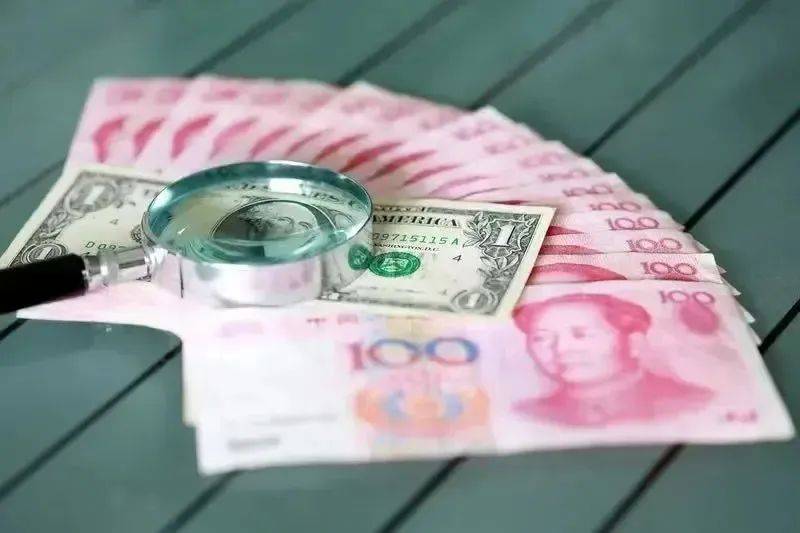After breaking the 7.15 mark, the RMB exchange rate against the US dollar turned downward and continued to fall, and closed at a two-month low on July 31.
As of the close of July 31, the onshore and offshore RMB exchange rates against the US dollar were 7.193 and 7.2019. As of that day, the spot exchange rate of the RMB against the US dollar fell for five consecutive days, with a cumulative decline of 0.38% in July.
On that day, the central price of the RMB exchange rate against the US dollar also fell to 7.1494. This value has been stronger than the market forecast and has expanded to nearly 570 points, the biggest deviation since early May.
The day before, as of the close of July 30, the onshore RMB exchange rate against the US dollar fell slightly by 58 points to 7.1823, the lowest since July 9. On the same day, the offshore RMB exchange rate closed at 7.186, falling 64 points in the session to a new low in the past two weeks.
This has changed the previous market for the appreciation of the RMB against the US dollar. After the announcement of “peer-to-peer tariffs”, the offshore RMB exchange rate against the US dollar rose from 7.4 to 7.17, up 3% in two months.
From the perspective of the exchange rate market, the rise of the US dollar index is an important driving force behind it. On July 30, local time, the US dollar index hit a two-month high, approaching the key point of 100.
Along with the RMB, non-U.S. currencies such as the euro have also declined recently. As of 18:00 on July 31, Beijing time, the euro fell to 1.1434.




